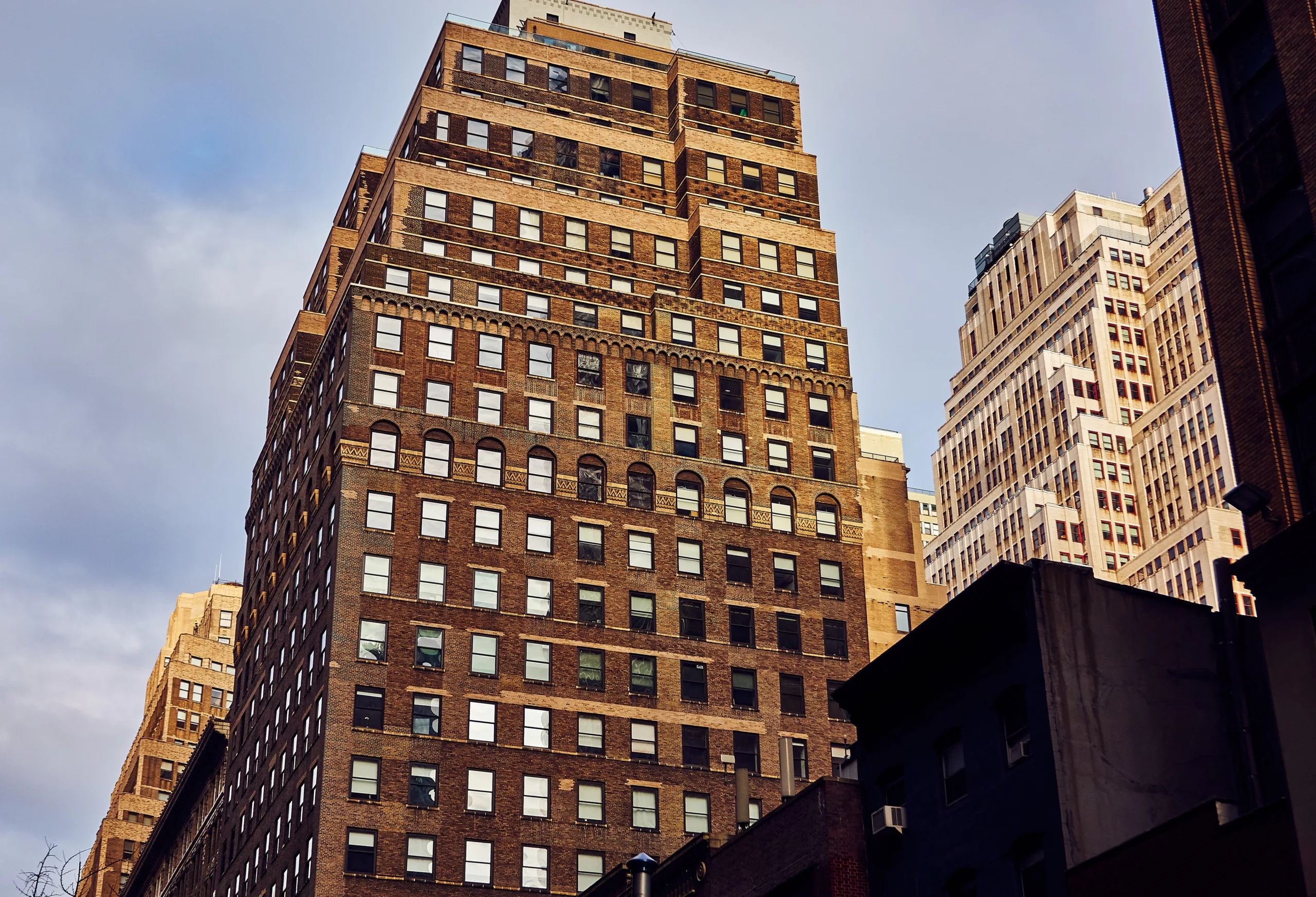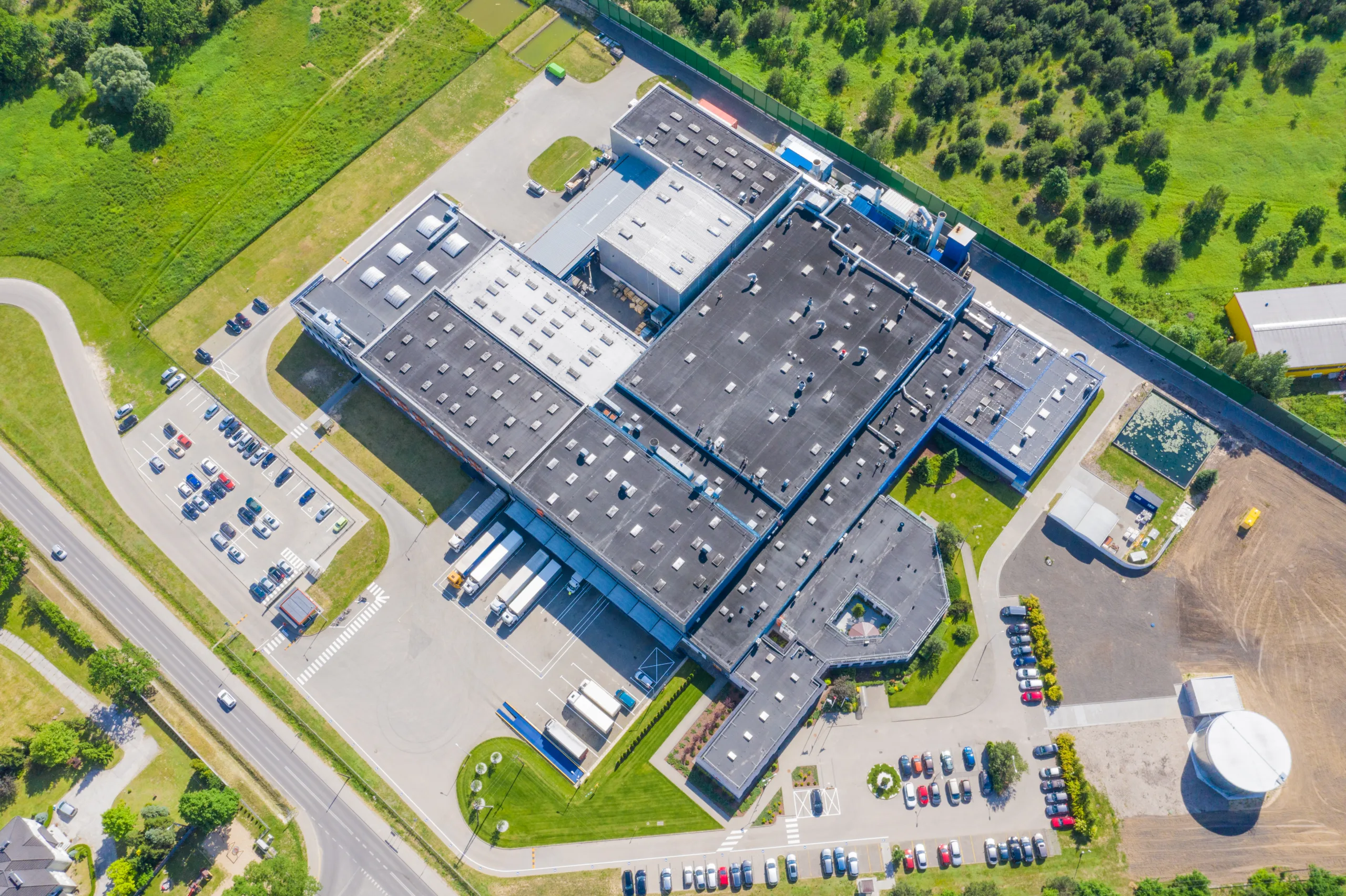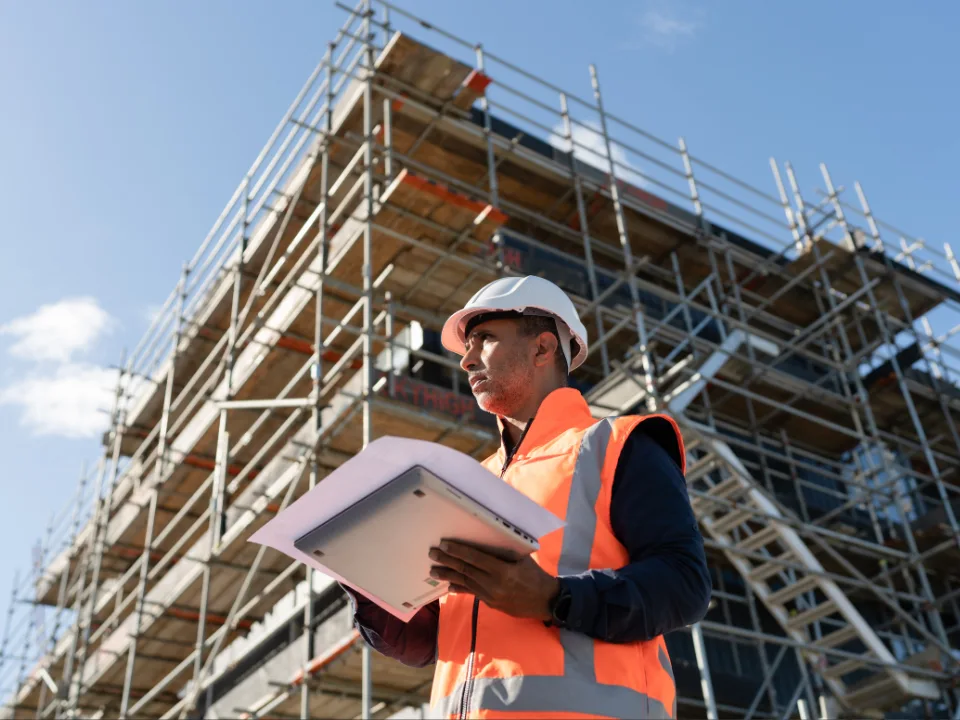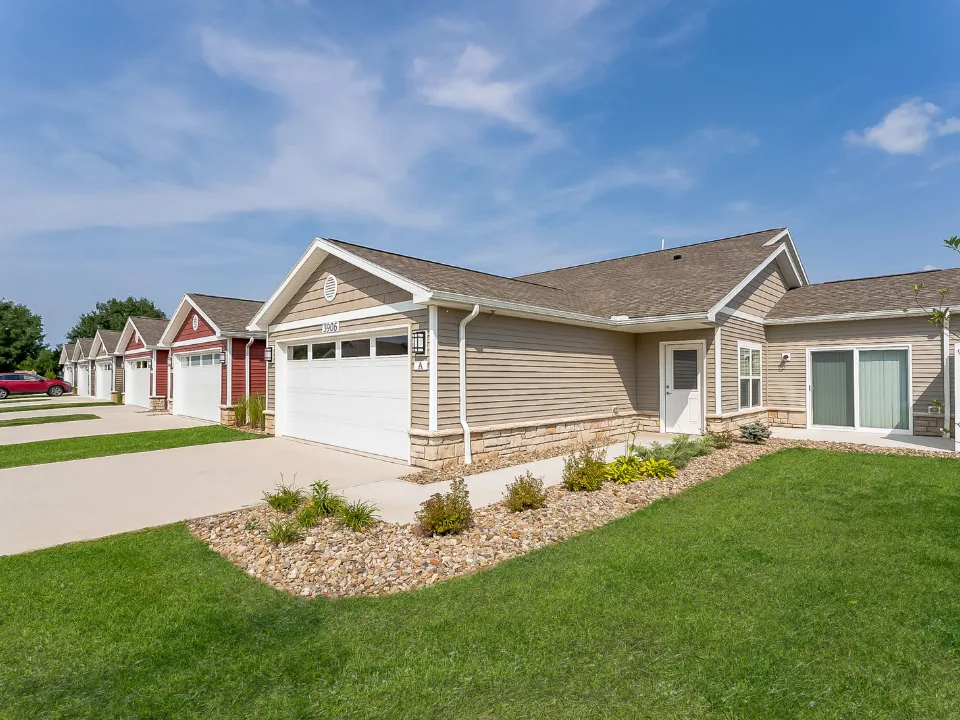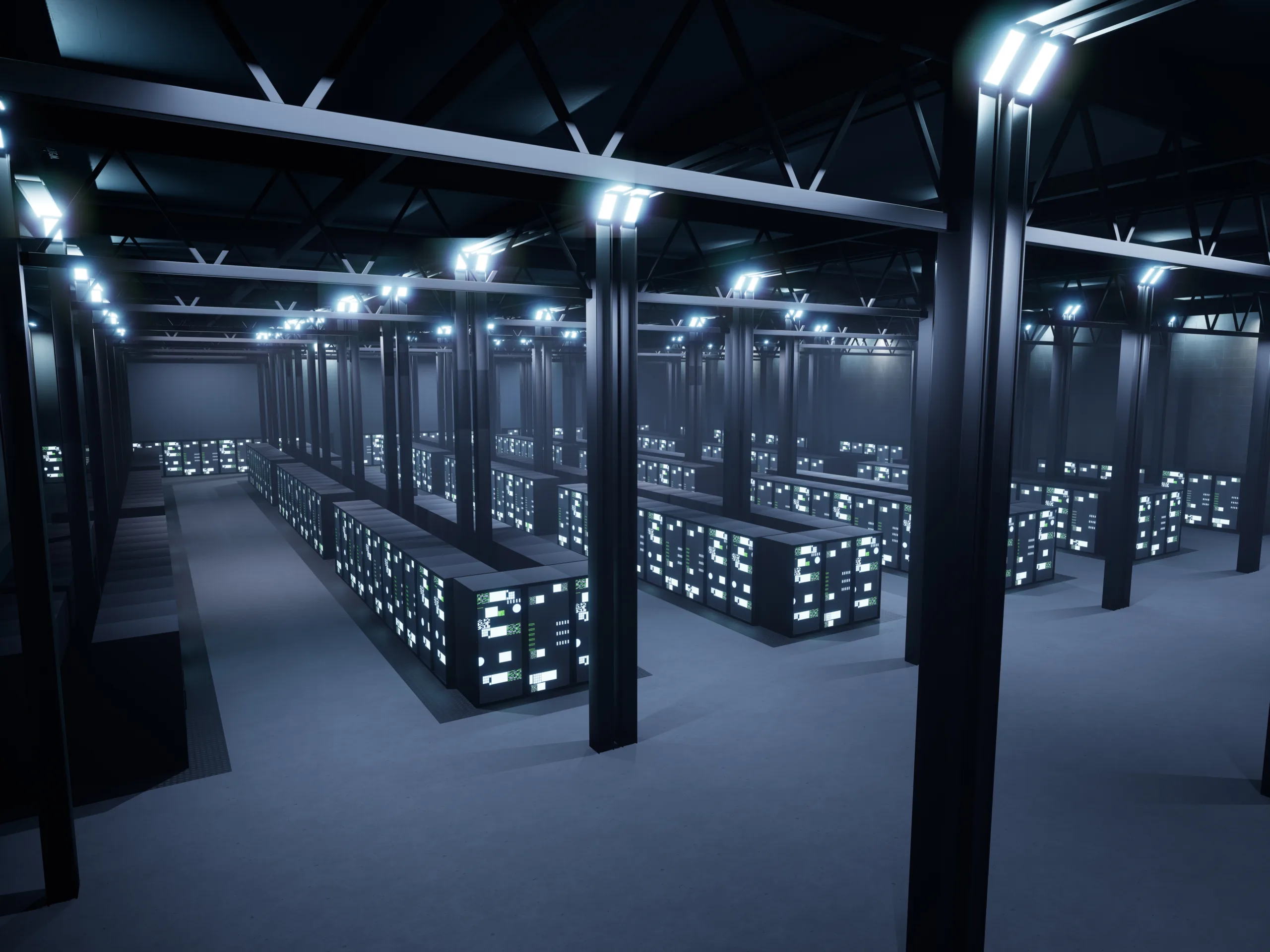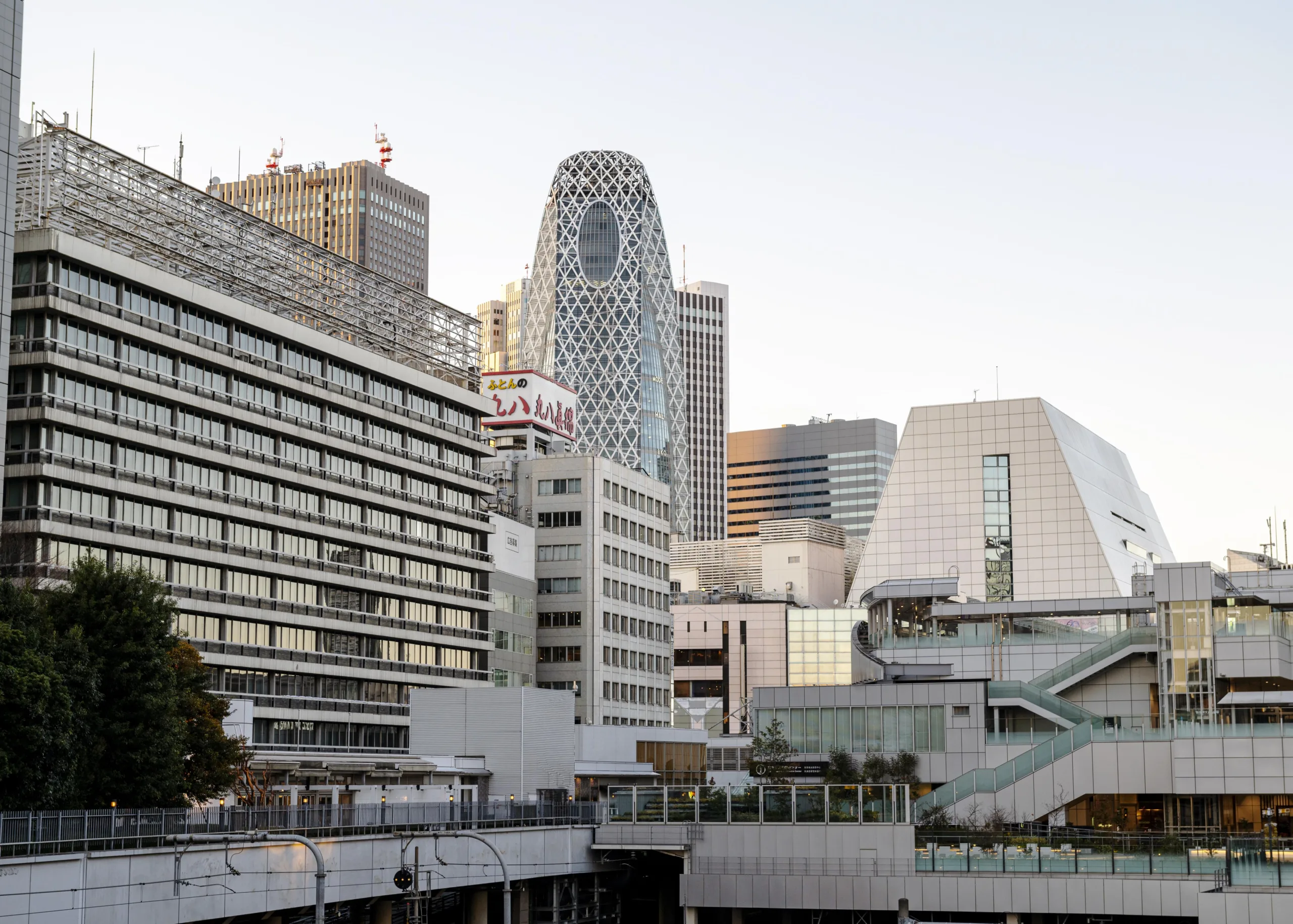- Starts for buildings with five or more units climbed 28.8% year-over-year in April to a seasonally adjusted rate of 420,000, while overall multifamily starts rose 10.7% to 434,000.
- Permits for multifamily units increased 2.6% YOY but declined 3.7% from March. Units under construction fell 20.2% year-over-year.
- Single-family starts declined 2.1% month-over-month to 927,000 as affordability pressures mount.
- Developers cite tariffs, construction costs, and high interest rates as ongoing concerns, though pricing impacts remain mixed across projects.
Multifamily Starts Jump in April
According to Multifamily Dive, multifamily construction picked up steam in April, with buildings of five or more units rising 28.8% year-over-year and 11.1% from March to a 420,000-unit annualized pace. Broadly, multifamily starts climbed 10.7% to a seasonally adjusted annual rate of 434,000 units, reflecting renewed activity in the segment after several months of sluggish growth, per ConnectCRE.
Permits Rise Modestly, but Construction Pipeline Narrows
Permits for buildings with five or more units increased slightly year-over-year to a 431,000-unit pace, up 2.6% from April 2024, but dropped 4.4% from March. Meanwhile, the total number of units under construction fell 20.2% YOY to 733,000 — a sign that the development pipeline is thinning despite the April surge. Completions also dipped 1.7% annually.
Get Smarter about what matters in CRE
Stay ahead of trends in commercial real estate with CRE Daily – the free newsletter delivering everything you need to start your day in just 5-minutes
Single-Family Construction Declines
Single-family housing starts dropped 2.1% from March to a 927,000-unit rate, down 12% year-over-year. Permits also declined, falling 5.1% from March and 6.2% from the same time last year. “The decline in single-family housing starts in April mirrors builder sentiment,” said Buddy Hughes, chairman of the National Association of Home Builders. “Elevated interest rates, uncertainty on the tariff front, and rising construction costs are exacerbating housing affordability challenges.”
Tariff Uncertainty Weighs on Sentiment
Developers point to renewed trade tensions, particularly with China, as a key source of uncertainty. “It’s been tough to make deals pencil, even for the last couple of years,” said Cameron Gunter, co-CEO of PEG. “So, having this uncertainty on tariffs, especially with China, has caused us even bigger issues of not knowing.”
Rene Bello, CEO of Miami-based BLDG Ventures, agreed that the current situation feels more disruptive than the last round of tariffs. “This one is definitely a bit different. You can feel it. It’s a bit more impactful.”
Cost Impact Uneven Across Projects
Not all developers are seeing material pricing changes yet. Chris Finlay, CEO of Middleburg Communities, said one of his firm’s projects in Florida saw construction costs shift by less than 1% before and after tariff concerns surfaced. “In short, what we’re noticing is there is a lot of discussion of tariffs,” Finlay said. “We have not yet actually seen it impact actual pricing on the ground.”
Why It Matters
The April spike in multifamily starts is a welcome sign for a segment that has been under pressure. However, with permits softening and fewer units under construction, developers may remain cautious. For single-family builders, affordability constraints continue to stall momentum.
What’s Next
Uncertainty around tariffs and ongoing cost pressures are likely to influence development activity heading into the second half of 2025. While multifamily starts posted a strong month, the broader trend will depend on how quickly interest rates stabilize — and whether new tariffs add to already-tight margins.
